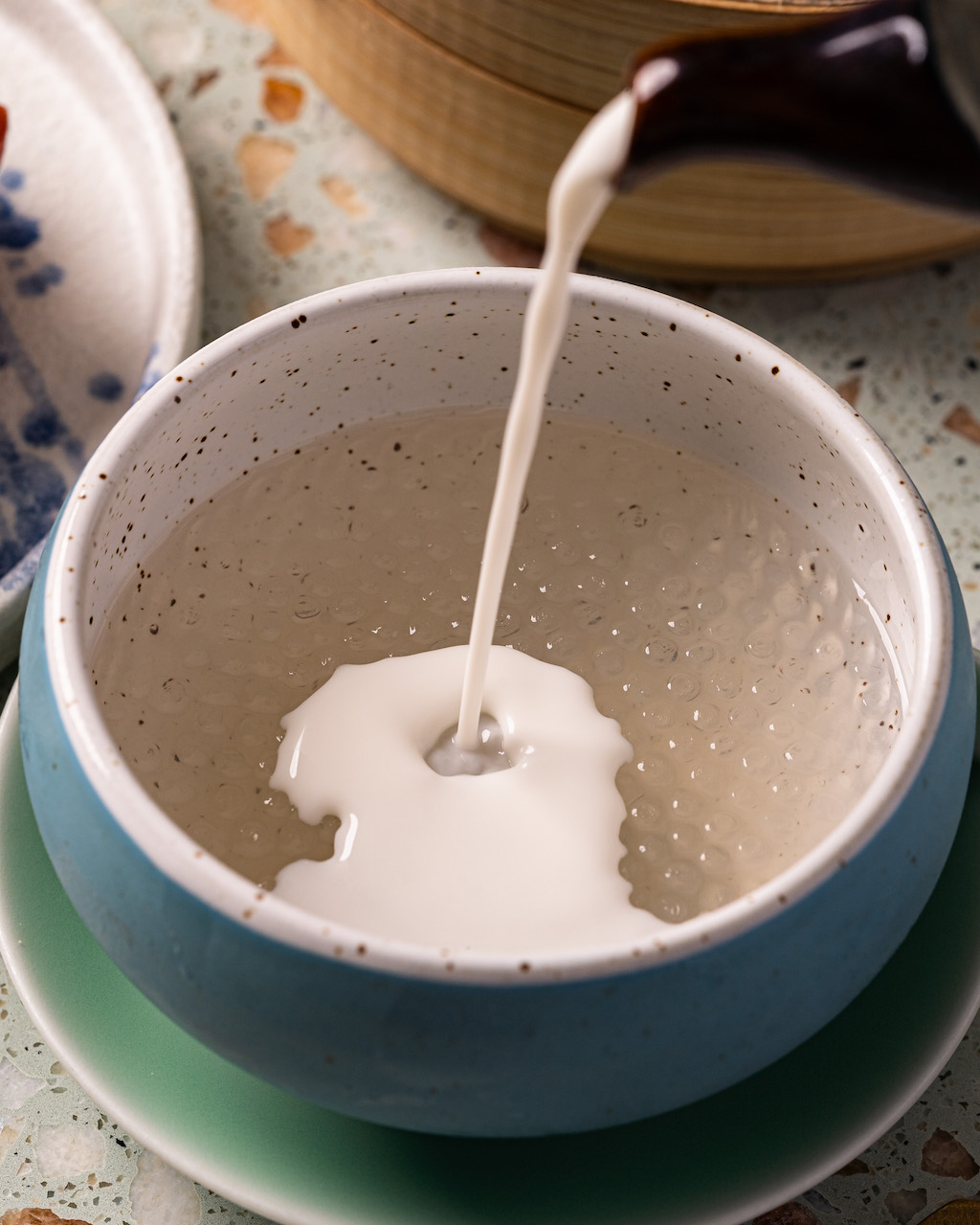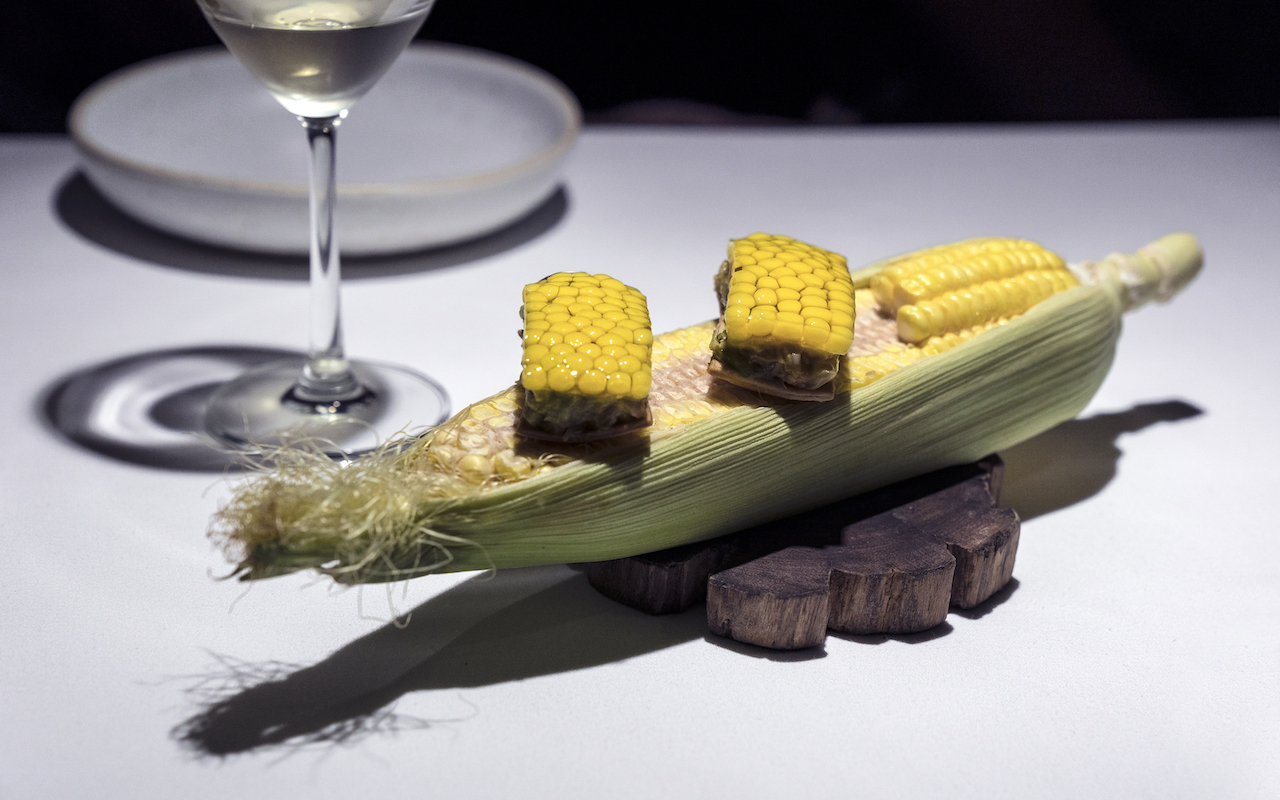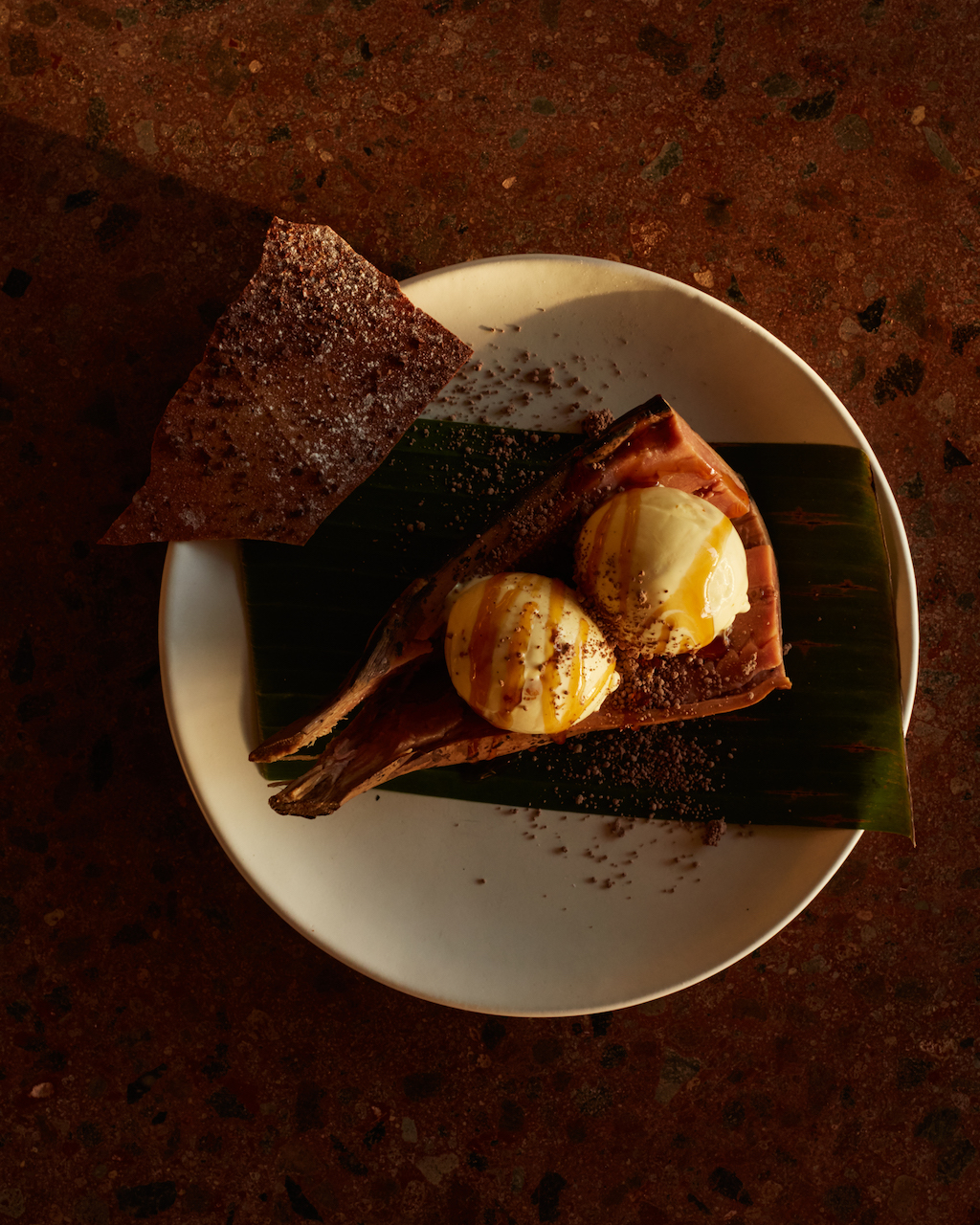
People are more conscious about the things they consume,” says Malcolm Wood, the global managing and culinary director of Maximal Concepts. This is the inspiration behind his restaurant John Anthony in Hong Kong, which aims to be “the first sustainable Chinese restaurant in the world”. Here, all ingredients are sourced from ethical suppliers, while leftovers are composted and sent to city farms. Drinks are equally sustainable: husks are used as garnishes, while milk dregs are distilled with whisky.
It’s a theme that’s being repeated around the globe. At ROVI in London, off cuts feature in dishes such as the grilled halibut, which is served with a lime pickle made from leftover citrus peel, and are also used to make vinegars. The restaurant has further set up a farm just outside London to minimise its carbon footprint.

At Haoma, situated on a leafy Bangkok back street, chef Deepanker Khosla has kept things even closer to home, converting his house into a sustainable restaurant. The plot includes an urban farm in the garden, complete with a huge underground tank fed by rainwater, where he rears tilapia to be used in his playful, Indian-inspired, 11-course menu. “Sustainability is not trendy for us,” explains the 29-year-old chef. “It’s being who we must be and making the right choices every day.”

This zero-waste ethos extends beyond food and drink to décor. At Ijen in Bali, floors are paved with broken crockery, while plates are fashioned from cement and glass shards. Similarly, west~bourne in New York, led by founder Camilla Marcus, makes its napkins from upcycled denim and menus from recycled vinyl.
SEE ALSO: 6 zero-waste bars shaking up sustainable cocktails
This article was originally published in the October 2019 issue of SilverKris magazine
The post Where zero is hero: the zero-waste movement is taking over restaurants appeared first on SilverKris.
from SilverKris
No comments:
Post a Comment